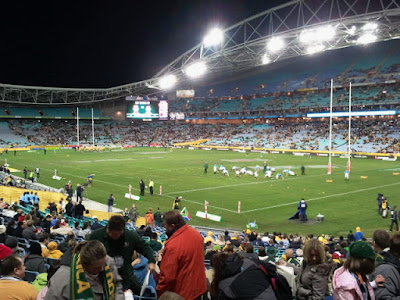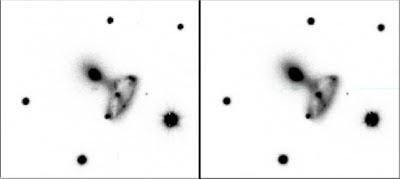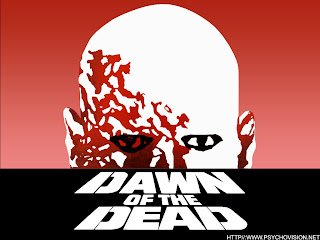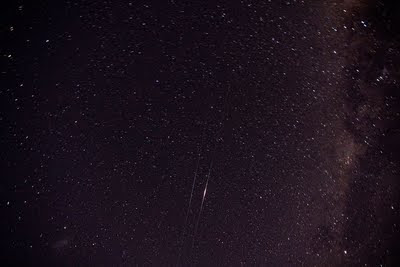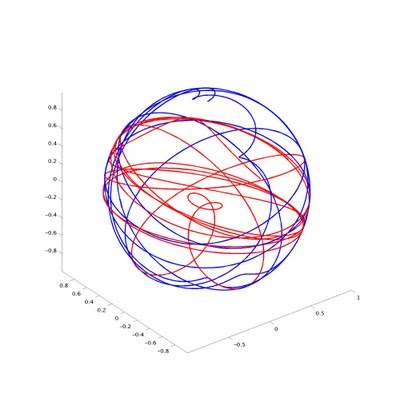My journey into GPGPUs
The semester has begun here, Down Under, and that means two things. Firstly, I am teaching General Relativity from Monday onwards to our Honours class (this is my favorite course and I'll blog about it a little more, as I have a particular view of the teaching of this subject), and I have become a student again. Why? Well, because of these; Those that have braved opening up a computer may recognise this as a GPU, or Graphics Programming Unit, and it's the engine that make high level graphics possible, especially for computer gaming. The explosion in their development came around because of Not the flash and manic grin, but the hair (and my understanding is that it is long, flowing female hair that is the goal, which may tell us more about those who write computer games!). The result is that GPUs have become computationally very powerful, but the computer architecture is different to a CPU. Basically GPUs are massive parallel processors, many quite simple computation engin
